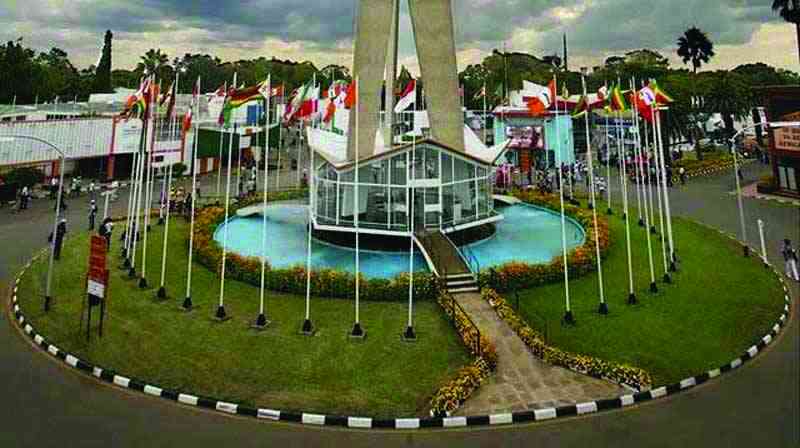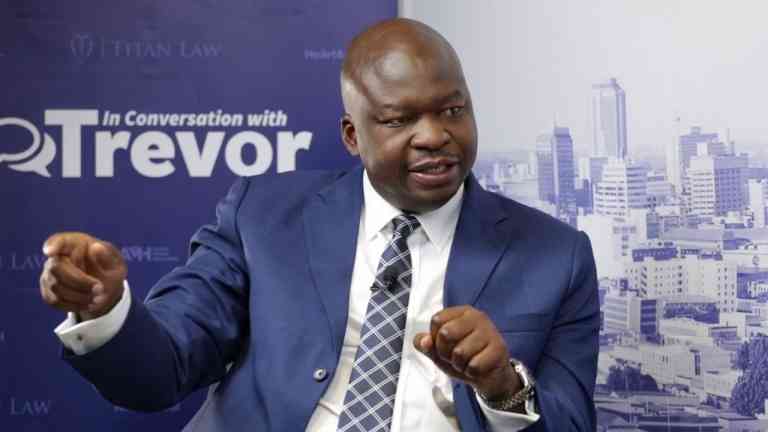
ZIMBABWE spent US$100 million to bolster its defence capabilities in 2023, limiting its capacity to intervene in troubled regional spots, according to a report by the International Institute for Strategic Studies (IISS).
This comes at a time neighbouring Mozambique is under siege from Islamic State-linked terrorists, who have displaced over 250 000 people since 2017.
Security think tanks have warned that the conflict could spill into other countries and destabilise the whole region.
New data from IISS showed Zimbabwe’s limited involvement towards regional peace efforts were caused by underfunding and the military’s concentration on “political issues.”
Zimbabwe’s military has dabbled in the country’s politics, culminating in the coup that toppled the late former president Robert Mugabe in 2017.
In its report titled ‘Military Balance 2024’, which showed military spending patterns in over 100 countries last year, IISS said coordinated efforts to resolve conflicts in central and southern Africa were not bearing fruit due to limited involvement by Zimbabwe, Angola and South Africa.
“Angola has been reluctant to become involved, and South Africa has underfunded its armed forces that they now have very limited capability. In addition, Zimbabwe’s armed forces have focused on internal political issues,” the report states.
It said a motley of countries, which make up the Southern African Development Community (Sadc), were also financially constrained.
- Sadc meets over water, energy and food security
- 5 Zim cops off to South Sudan
- Opposition loses hope on reforms
- Turnall to resuscitate fibre plant
Keep Reading
“Other countries in the Southern African Development Community (Sadc)… have armed forces that are largely too small and lack key capabilities to contribute much towards security operations,” the report reads in part.
“The outcome is a region unable to deal effectively with security challenges. The Sadc Standby Brigade, for example, is not fully functional.
“In 1998 Zimbabwe lost substantial military hardware when it intervened in the DRC in an operation called “Operation Sovereign Legitimacy.”
The report noted that Zimbabwe was in the throes of a devastating economic crisis and was struggling to adequately fund its defence and security infrastructure.
“Zimbabwe’s political instability and weak economy remain key challenges for the government. Principal tasks for the Zimbabwe Defence Forces (ZDF) include ensuring territorial integrity, border security, and supporting the police for internal security,” it states.
“The armed forces take an active political role. ZDF leaders have identified training as a development priority.
“Small numbers of personnel have deployed on peacekeeping operations but there is no capacity to sustain a force far beyond national borders.”
It further highlighted that in an age where Zimbabwe was isolated from the West, Harare was strengthening its military ties with Asian capitals, notably Beijing.
Potential to acquire new military equipment, IISS added, was based on whether Zimbabwe’s economy would recover from decades of stagnation and the health of its relations with China and Russia.
“The country has defence ties with China and Russia and links with India, Pakistan, Indonesia and Malaysia for military training,” the reports reads.
“Equipment recapitalisation is a priority, including of armoured vehicles, though much will depend on the country’s economic health and, perhaps, the extent of Chinese and Russian support.”
Strengthening military capabilities would also depend on reviving the defunct Zimbabwe Defence Industries, which until this year has been under US sanctions since 2003.
The State-run entity specialises in manufacturing and buying armaments.
“There are plans to revive state-owned small arms and munitions manufacturer Zimbabwe Defence Industries, although these may be hindered by continuing Western sanctions,” IISS noted in its report.
The security think-tank states that Zimbabwe’s military force stands at 25 000 with a vast array of military equipment procured mostly from Russia and China, among other armaments markets.
In 2022, Zimbabwe took delivery of an Anslat specialised medical helicopter and an ambulance from Russia.
Zimbabwe, whose military hardware at Independence (1980) was mostly sourced from European countries, leaned towards Russia and China at the turn of the millennium when it was slapped with sanctions by the West. In the presence of sanctions, Harare was struggling to source for parts suiting its aging Western acquired armaments.
Efforts to get a comment from Defence minister Oppah Muchinguri-Kashiri were futile, as she did respond to questions sent at the time of going to print.










